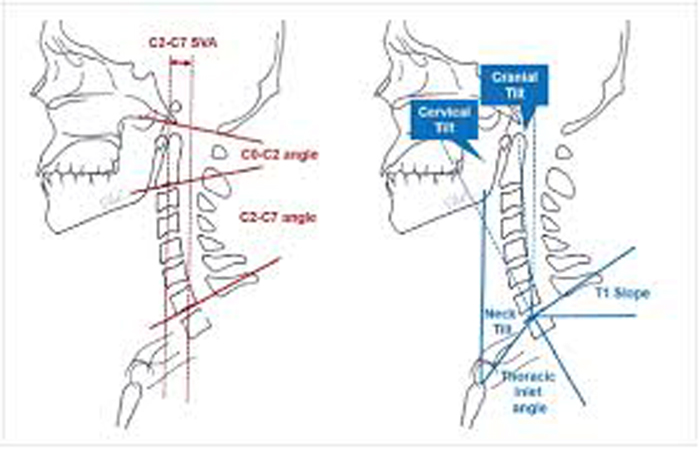Clinician Experiences in Providing Reassurance for Patients with Low Back Pain in Primary Care: a Qualitative Study
Clinician Experiences in Providing Reassurance for Patients with Low Back Pain in Primary Care: a Qualitative Study
SOURCE: J Physiotherapy 2024 (Dec 12): [EPUB]
| OPEN ACCESS |
Anika Young • Simon D French • Adrian C Traeger<
Julie Ayre • Mark Hancock • Hazel J Jenkins
Department of Chiropractic,
Faculty of Medicine, Health and Health Science,
Macquarie University,
Sydney, Australia.
Questions: What reassurance is being delivered by physiotherapists and chiropractors to people with non-specific low back pain? How is it being delivered? What are the barriers and enablers to delivering reassurance to people with non-specific low back pain?
Design: A qualitative study.
Participants: Thirty-two musculoskeletal clinicians (16 physiotherapists and 16 chiropractors) who manage low back pain in primary care.
Method: Semi-structured interviews were conducted about their experiences delivering reassurance. The interview schedule was developed using the Theoretical Domains Framework and analysed using framework thematic analysis.
Results: Four themes were identified: giving reassurance is a core clinical skill for delivering high-quality care; it takes practice and experience to confidently deliver reassurance; despite feeling capable and motivated, clinicians identified situations that challenge the delivery of reassurance; and reassurance needs to be contextualised to the individual.
Conclusion: Clinicians possess a strong understanding of reassurance but require clinical experience to confidently deliver it. This study provides insights into how reassurance is individualised in clinical practice, including suggestions for clinicians about how to implement reassurance effectively for people with low back pain.
Keywords: Low back pain; Primary healthcare; Qualitative research; Reassurance.
From the FULL TEXT Article:
Introduction
Low back pain (LBP) is common and is associated with substantial disability. Worldwide, 619 million people experienced back pain in 2020, [1] and there are significant personal and societal costs related to LBP. [2, 3] In Australia, back pain continues to be the second leading cause of disability [4] and back pain management cost AU$3.36 billion in 2020. [4] The prevalence of LBP has been projected to increase over the next 25 years, with associated increases in disability with healthcare costs. [1] Most LBP is non-specific low back pain (NSLBP), referring to LBP that does not have a known pathoanatomical cause. [5] LBP is a complex condition that is multifactorial in nature, where a person’s pain experience is influenced by biological, psychological and social factors. [6] Recovery from an episode of LBP is also complex; approximately 25% of people with LBP experience recurrence within 12 months [7] and 44% of people can still experience pain at 12 months. [8]
There are more articles like this @







